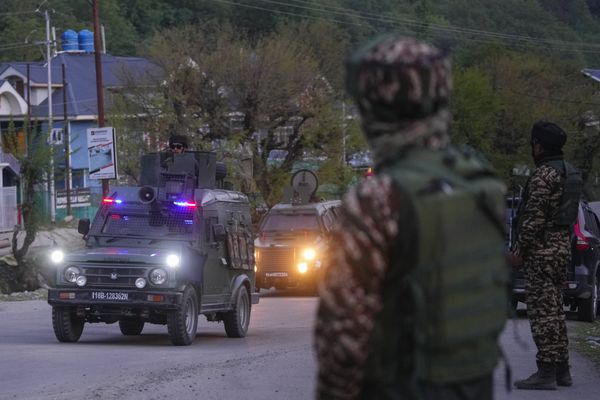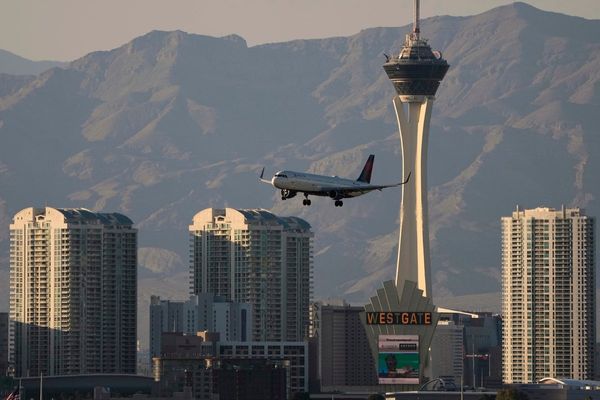More than half of the world’s population now resides in the cities and are thus vulnerable to urban climate change such as increased heat stress and extremes. Globally, cities contribute to more than 80% of the global GDP and 75% of all greenhouse gases/carbon emissions. Thus, they are both contributors to climate change and also potential agents for tackling it. However, their representation in Nationally Determined Contributions (NDCs) and National Adaptation Plans is inadequate. Nevertheless, in recent times, the inclusion of the 11th sustainable development goal (SDG) exclusively focusing on cities and the formation of groups like the U-20 under the G-20 umbrella have acknowledged the need for city-level action plans. The ministerial meeting on urbanisation and climate change at COP-28 stressed the importance and role of cities in achieving climate change mitigation and adaptation targets. These initiatives show the importance attached to cities and their role in global affairs including climate change mitigation and adaptation.
Bhubaneswar, a tier-II city in the eastern State of Odisha, is rapidly urbanising in recent times. For example, the built-up area in the city increased by about 166% during the period 2004-2015. Studies using satellite-based observations showed a nighttime heat dome over the city with an elevated temperature (about 1C). Additionally, Bhubaneswar has warmed at a faster rate, with almost about 0.68C enhancement in the last two decades. Such warming is particularly higher in the newly urbanising areas in the periphery of the city, experiencing almost doubled warming over the same period.
Local activities
As part of a larger effort in implementing the cities digital twin at the School of Earth Ocean and Climate Sciences at IIT Bhubaneswar, computer-based simulations were carried out to mimic the Bhubaneswar urban growth and hence change in the micro-climate and their relation to different factors such as climate change, city expansion, change in vegetation cover, etc. It was quantified that almost 60% of the overall warming observed over the city is due to local activities/changes. These studies were recently published in the journal Computational Urban Science.
In addition to the warming due to climate change, there is additional warming due to the trapping of heat by the concrete and asphalt materials that are used to build the city. The decreased evapotranspiration due to the replacement of natural surfaces with artificial impervious surfaces is also contributing to the observed warming. The inclusion of a minimalistic 3-D structure of the city within these simulations for winter time showed enhanced warming of almost 0.4C in the eastern lowland regions of the city mostly as a consequence of topographical asymmetry. There was further reduction in the wind speeds by about 0.2 metres per second, in the eastern fringes of the city limiting dispersion of heat from the city. In contrast, in the western region, the influence is nullified, possibly due to lower surface specific humidity affecting longwave radiation in a higher terrain setting. Both the terrain and local microclimate play a significant role in shaping winter urban surface temperatures, highlighting the complex interplay between urbanisation and climate. Urban planning to mitigate or adapt to these changes require systematic scientific explorations.
These changes due to urban development are expected to further modify the spatial pattern, intensity, and duration of rainfall events with implication to urban floods. These changes are also expected to modify the dispersion characteristics of air pollution within the city. Thus the implementation of a digital twin for the city will help in the experimentation of different mitigation strategies like cool roofs, highly reflective or cool pavements, and blue-green infrastructure (water bodies and green spaces). Substantial changes associated with urbanisation even for such a small tier-II city highlights the potential for local scale mitigation efforts to control the observed warming and their subsequent effects.
Amplifying factors
The ever-increasing population load and enhanced dependence on city resources will continue in the future, amplifying the hovering clouds of vulnerability/danger over the cities in the absence of city specific science driven strategies. Thus, building climate-resilient smart cities is important to ensure the health, safety, and comfort of the ever-increasing urban population. Unlike the saturated big metro/mega cities, smaller cities have a larger scope for planned growth and expansion and, hence, the potential to shift their growth trajectory towards sustainability. Therefore, as the harbingers of future climate change, comprehensive city-scale climate action plans supported by science to mitigate and adapt to the impacts of urbanisation and climate change are the need of the hour.
(V. Vinoj is Associate Professor in the School of Earth, Ocean and Climate Sciences at IIT Bhubaneswar)










